When someone mentions fixed gear bikes, no doubt many of you will tune out or proclaim that it’s just a bunch of hipsters on two wheels. Well, times have changed. While many riders still adorn enviably impressive facial hair and an array of tattoos, they are also part of one of the fastest growing cycling disciplines of recent years. State of the art custom built frames have replaced ratty sticker-bombed ones. Skinsuits are replacing cut down jeans and flannel shirts. And how did this all change so rapidly? It’s all because of one man hosting a race on his birthday 9 years ago–the Red Hook Crit was born

The Red Hook Crit has gone through quite a transformation in the short 9 years of its existence. Starting from the humblest possible beginnings of a street race organised for his 26th birthday, David Trimble has bestowed upon the fixed gear crit somewhat of a phenomenon. Racing with brakeless track bikes isn’t exactly a new concept. Their heritage in the velodrome spans decades and having been adopted as the bike of choice for bike messengers they have been ridden and raced intensely through busy streets for years. Introducing a crit format though was a step into the unknown.
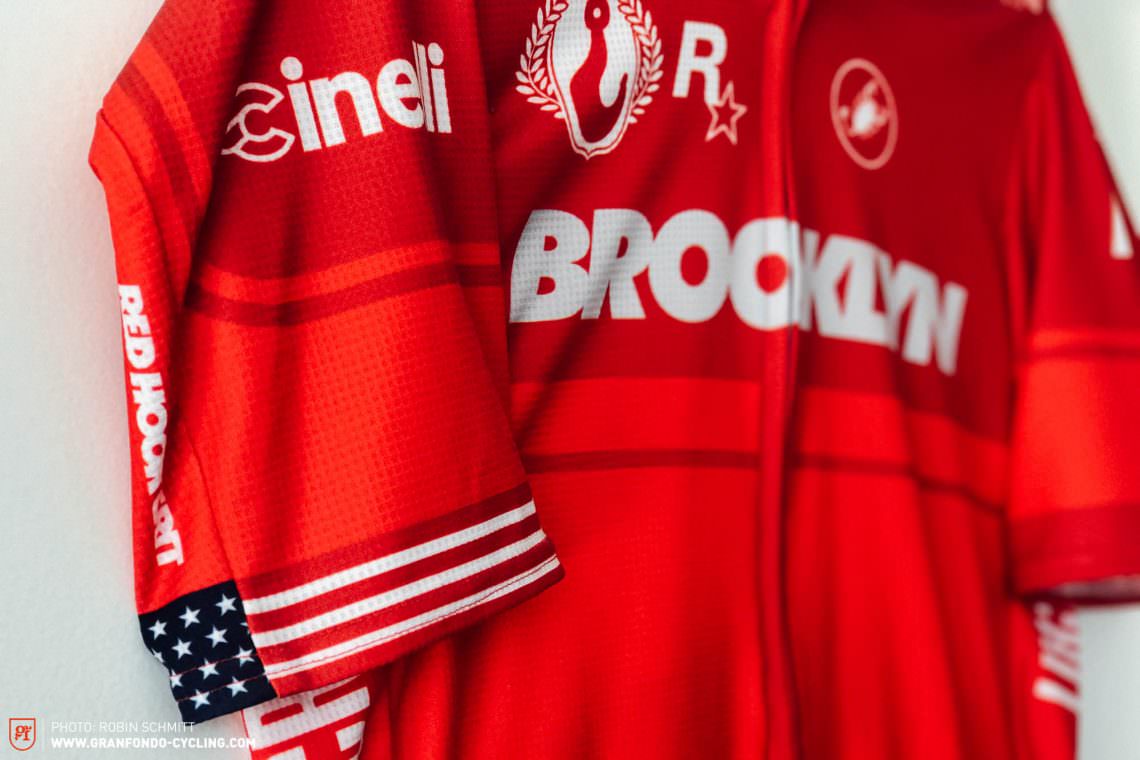
From its humble beginnings, Red Hook Crit has become THE feature event in the fixed gear calendar and has spurred on the adoption of the race format to many countries across Europe and internationally. It tapped into a hunger for racing amongst an initial marginalised crowd to now attracting professional and ex-professional athletes from road racing, velodrome and mountain biking, as well as a few Olympians thrown in for good measure.
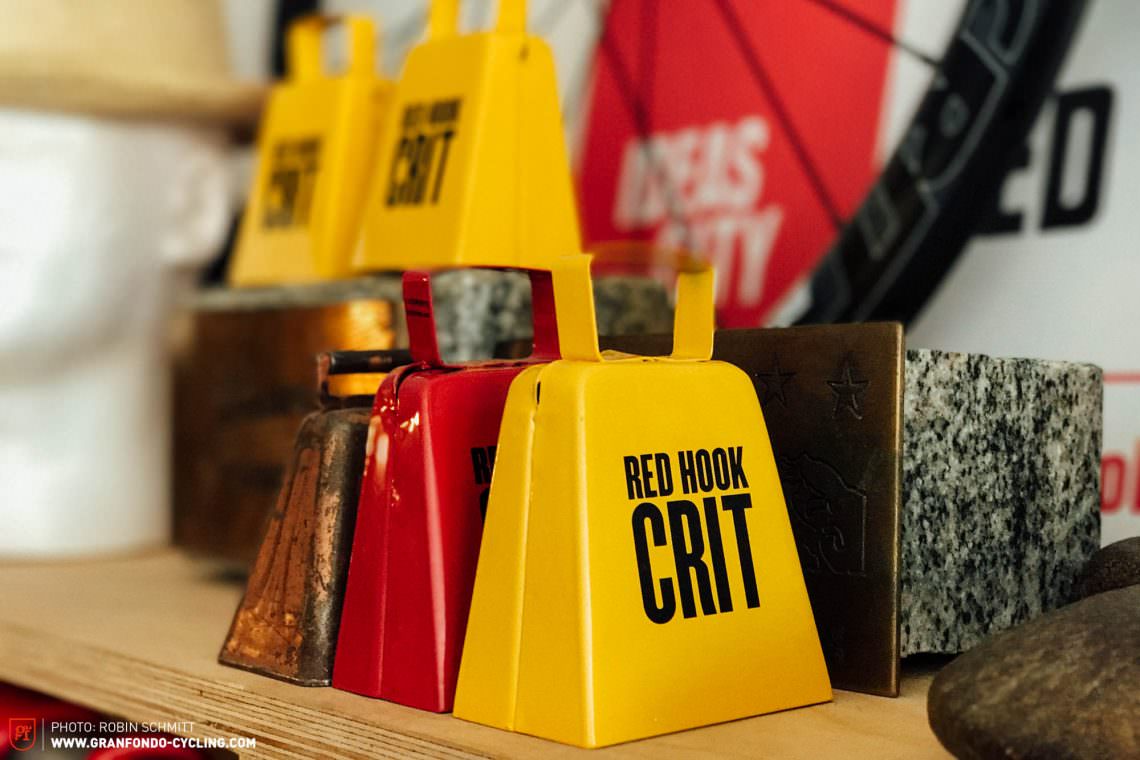
Each year the race format has seen improvements and developments in both the course complexity, safety and race format. A sponsorship from Rockstar Games which began in 2013 has enabled the event to grow in scale and presence incrementally each year. Now in its 10th year, the race attracts riders from around 48 countries and is by far one of the most exciting spectator and athlete events in the season calendar. It has an accessibility like no other with the parc ferme open to anyone and demands a skillset more diverse than any other discipline in cycling. We spoke with Mr Red Hook Crit himself, David Trimble, about some of the key points in the race’s history and what we have to look forward to this season:
The four locations are already well established, will RHC be expanding next year?
2018 plans are still being developed but we are always looking for new opportunities. Ideally we can expand with more races in the future. Maybe someday we’ll have a race every 2 weeks like in Formula 1
Are there any surprises in store for this coming season?
The big chance this year was the introduction of the new heat-race qualifying system. Because of this every race this year will offer surprises this season. There was a long buildup to Brooklyn which launched the season and now another long break before London. Seeing how the new qualifying format evolves from the first event to the second will be compelling to watch. Brooklyn is also an outlier because it is so early in the season and not everyone is on form yet.
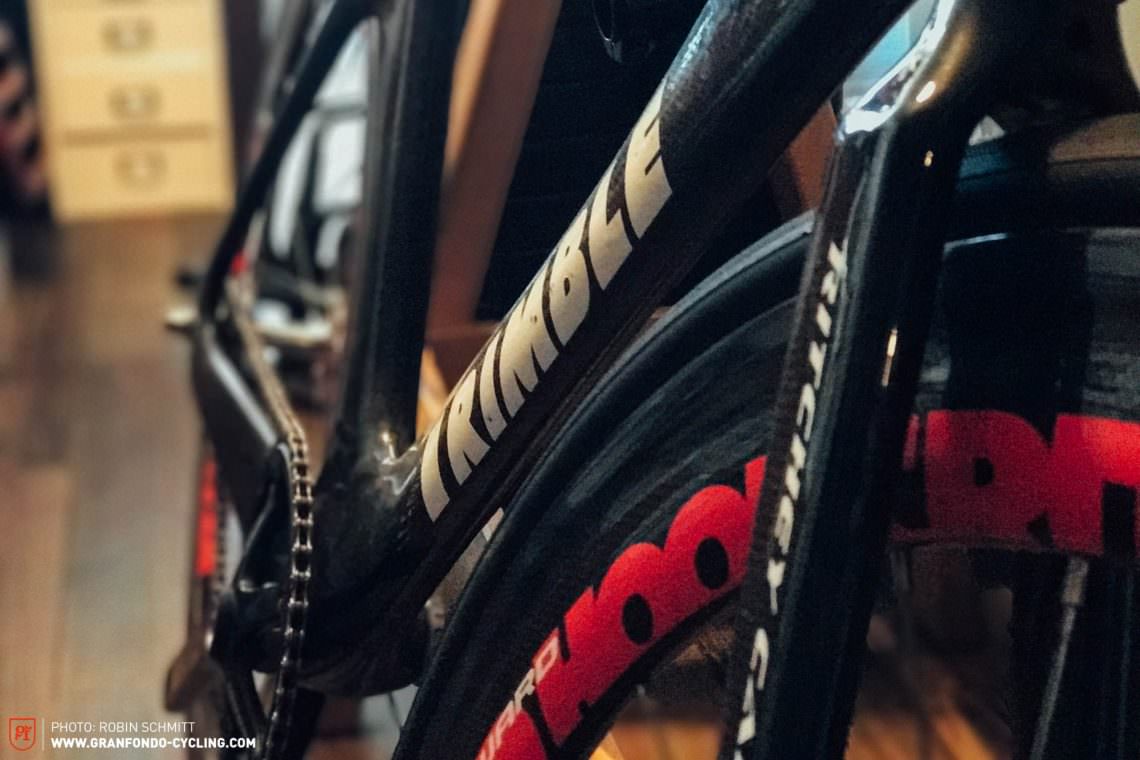
Do you find there are significant differences in the style of courses you build for fixed criteriums compared with road?
The Red Hook Crit has a specific style of circuit that isn’t present anywhere else. Many Road Crits (especially in the US) get away with a lot less infrastructure and safety elements. It is rare to find a crit circuit that has barriers completely around the circuit for example. Road Crits also tend to be run on massively wide circuits while the RHC are more technical and narrow. We feel that technical courses make for more exciting racing and are actually safer.
2016 saw the first doping scandal in the series. Do you feel the racing community have welcomed these new tests? It played out very publicly on social media, did this work out in favour of RHC?
The competitors in the RHC have welcomed the testing and are proud to be able to show that they are clean. In regards to the positive test it was a shame it happened but it was appreciated that we were able to catch it. I don’t think any kind of positive test can work out in our favor but the reality is that doping in cycling is happening at every level and there is no reason we should be immune to it.

What do you think about the creativity amongst teams now? The kits are getting louder and more professional, as are the bikes being raced. How do you feel it represents the wider fixed gear community?
All the teams that are showing up to the RHC are amazing. It is an expression of passion for racing and bicycles. I think it represents a lot more than just the fixed gear community. The great thing about the RHC is that the more effort and creativity you put into it the more you will get out of it. You don’t have to win the race to make a big impact.
Women’s racing has always been a part of RHC since the first Brooklyn race being won by Kacey Manderfield. Are RHC races representative of the gender equality women have been fighting for?
I think the key to having an exciting women’s race is to simply put on a good event as a whole. I am against race organizers trying to use ‘equality’ as a selling point for their race and to attract more women. We simply hold a bike race that has both a men and women’s race. The fact that they are given the exact same platform isn’t because we are fighting for something but because we feel that is just how it should be. Judging by the crowds and the noise at the RHC the women’s race is definitely on par with the men’s.
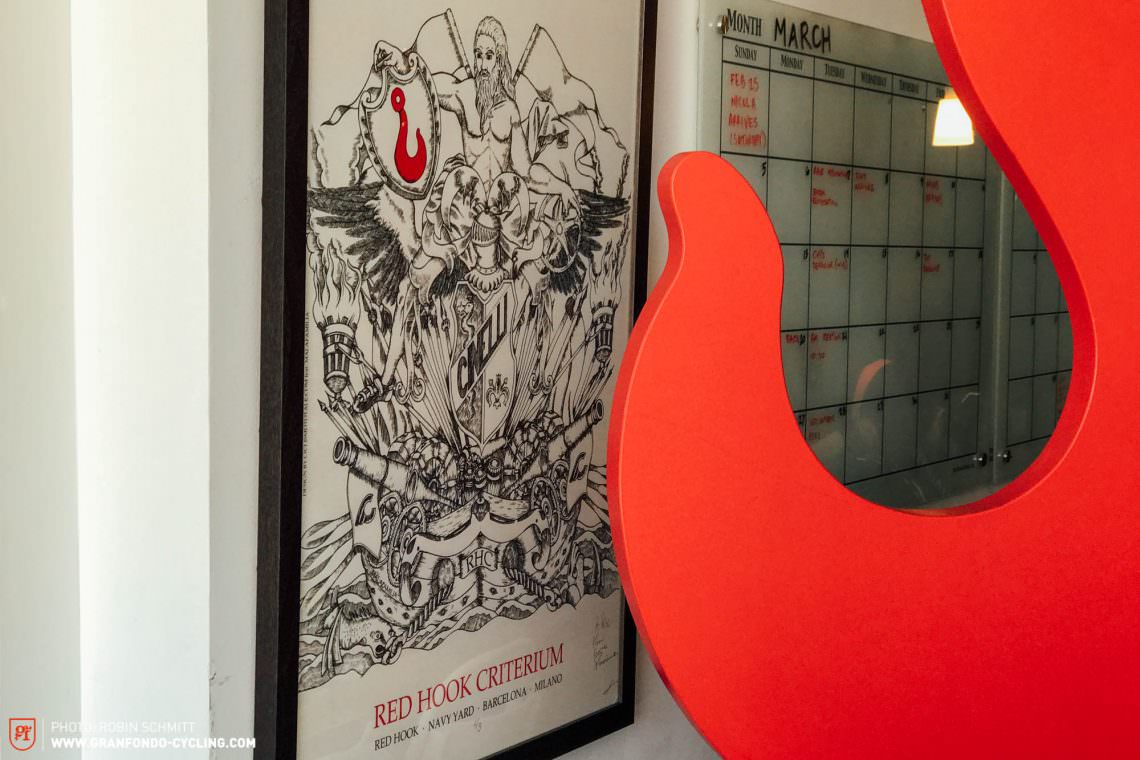
As a race format, fixed gear crits are in their relative infancy but they are flourishing now in the age of social media. How do you feel RHC has grown and developed, faced with constant public scrutiny from both athletes and spectators? Have opinions had any influence on senior decisions?
I think fixed gear crits are flourishing mostly because they are really fun and exciting to watch. They also are being organized in world class cities where the population understands how to use things like social media. The constant scrutiny shows that people care about what is happening. When people care it makes all the difference. I normally don’t react to public feedback but I do have close relationships with many of the top athletes who I confer with on a regular basis.
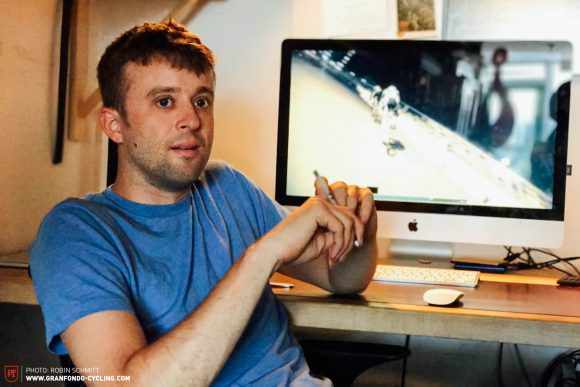
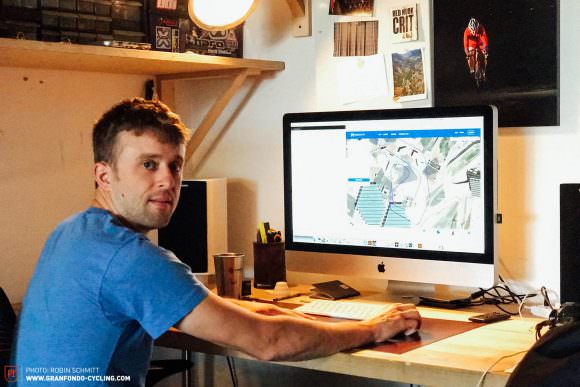
The European leg of the Red Hook Crit is beginning soon with London No. 3 on July 22nd, Barcelona No. 5 on September 2nd and Milano No. 8 on October 14th.
If you’re still resistant to the idea of fixed gear crit racing, why not take a visit to one of the upcoming events and see if the diverse multitude of spectators and exceptional athletes can sway your opinion… or just sit tight for some spectacular crashes, it’s your choice.
Did you enjoy this article? If so, we would be stoked if you decide to support us with a monthly contribution. By becoming a supporter of GRAN FONDO, you will help secure a sustainable future for high-quality cycling journalism. Click here to learn more.
Words: Charles Nicholson Photos: Robin Schmitt






